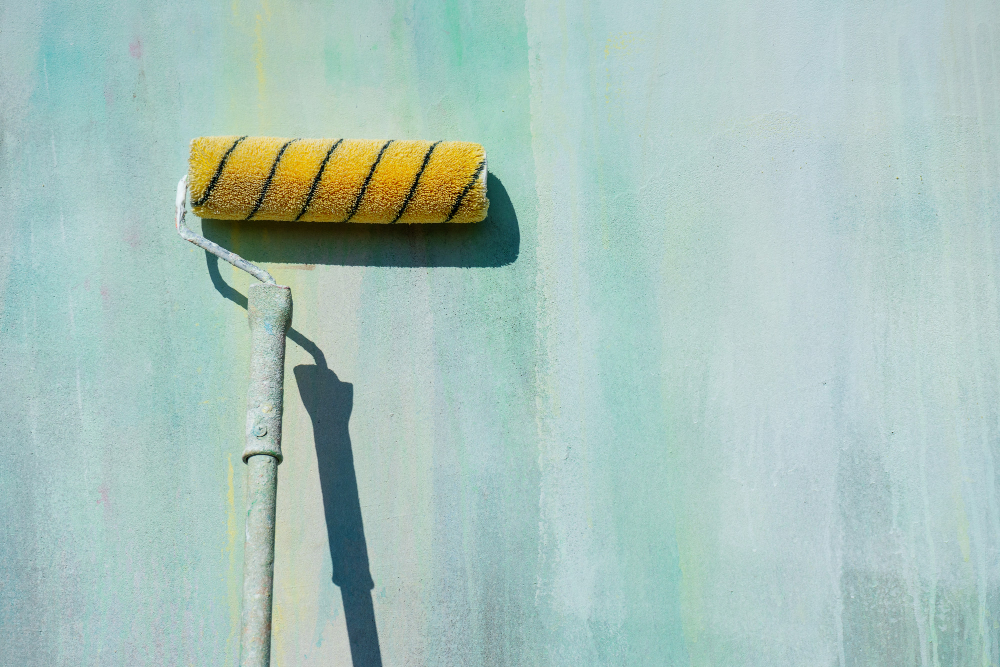Prep Work Routines for Internal and External Paint Jobs

Preparing a surface for painting is a crucial step that determines the longevity and quality of the paint job. Whether you are working on an internal or external project, thorough prep work ensures a smooth, even finish and better adhesion of the paint to the surface. In this blog post, we will outline the essential prep work routines that professional painters in Winter Springs, FL, follow to achieve flawless results.
Why Prep Work Matters
Prep work is the foundation of any successful painting project. Skipping or rushing through this phase can lead to various issues such as peeling, cracking, or uneven paint application. Proper preparation helps in:
- Ensuring Durability: Well-prepared surfaces hold paint better and longer.
- Achieving a Smooth Finish: Removes imperfections and creates a uniform surface.
- Saving Time and Money: Reduces the need for touch-ups and repainting.
Internal Paint Jobs: Step-by-Step Prep Work Routine
Step 1: Clear and Cover
Begin by clearing the room of any furniture, decor, or other objects. If moving items out of the room is not possible, gather them in the center and cover them with plastic sheeting or drop cloths. Protect the floors with drop cloths or rosin paper.
Step 2: Clean the Walls
Dust and grime can prevent paint from adhering properly. Use a mixture of mild detergent and water to clean the walls. For greasy spots, especially in kitchens, use a degreaser. Rinse with clean water and allow the walls to dry completely.
Step 3: Repair Imperfections
Inspect the walls for any cracks, holes, or dents. Use spackle or joint compound to fill in small imperfections. For larger holes, you might need a patching kit. Once the filler is dry, sand it smooth with fine-grit sandpaper. Wipe away any dust with a damp cloth.
Step 4: Sand the Walls
Even if the walls appear smooth, lightly sanding them helps create a better surface for the paint to adhere to. Use a fine-grit sanding sponge or sandpaper and work in circular motions. Clean off the dust with a tack cloth.
Step 5: Apply Primer
Primer is essential for a professional finish. It seals the surface, covers imperfections, and provides a uniform base for the paint. Choose a primer suitable for your wall type and apply it evenly. Allow it to dry as per the manufacturer’s instructions.
Step 6: Tape and Protect
Use painter's tape to protect trim, baseboards, and any areas you don't want to be painted. Ensure the tape is pressed down firmly to prevent paint from seeping underneath.
External Paint Jobs: Step-by-Step Prep Work Routine
Step 1: Wash the Surface
External surfaces are exposed to the elements and accumulate dirt, mildew, and algae over time. Use a pressure washer to clean the surface thoroughly. For stubborn stains, use a brush and a mixture of bleach and water. Rinse well and let the surface dry completely.
Step 2: Scrape and Sand
Inspect the surface for any loose or peeling paint. Use a paint scraper to remove flaking paint. Sand the edges of the scraped areas to blend them into the surrounding surface. For larger areas, consider using a power sander.
Step 3: Repair Damage
Check for damaged or rotten wood, cracks in stucco, or any other structural issues. Replace or repair damaged areas as needed. Use exterior-grade fillers and caulks for smaller repairs. Smooth the repaired areas with sandpaper once dry.
Step 4: Prime the Surface
Just like internal walls, external surfaces also need priming. Choose a high-quality exterior primer that suits the material of your home. Apply a generous coat and allow it to dry thoroughly.
Step 5: Protect Surrounding Areas
Cover windows, doors, and any other areas you don’t want to be painted with painter’s tape and plastic sheeting. Protect plants, walkways, and outdoor furniture with drop cloths or tarps.
Tips for Both Internal and External Prep Work
Choose the Right Tools
Quality tools make a significant difference in the outcome of your prep work. Invest in good brushes, rollers, sanders, and scraping tools. High-quality painter’s tape and drop cloths are also essential.
Work in Optimal Conditions
For internal jobs, ensure the room is well-ventilated. For external jobs, choose a day with mild weather—too much humidity, rain, or extreme temperatures can affect the drying and curing of the paint.
Safety First
Wear appropriate safety gear, including gloves, masks, and safety goggles. For external jobs, ensure ladders and scaffolding are secure.
Call the Professionals
While DIY prep work is possible, hiring professional painters can save you time and ensure a flawless finish. At Lakestone Painting, our experienced team follows meticulous prep work routines to deliver outstanding results. We understand the unique challenges of painting in Winter Springs, FL, and are equipped to handle any project, big or small.
Conclusion
Proper prep work is the key to a successful paint job, whether internal or external. By following these routines, you can ensure a smooth, long-lasting finish that enhances the beauty of your home. However, for the best results, consider hiring professional painters who have the expertise and experience to handle all aspects of your painting project.
If you're looking for professional painters in Winter Springs, FL, contact Lakestone Painting today for a consultation. Our team is ready to transform your space with precision and care.
By incorporating these detailed prep work routines into your painting projects, you can achieve a professional finish that stands the test of time. For exceptional results and a stress-free experience, trust the experts at Lakestone Painting. Reach out today and let us bring your vision to life.